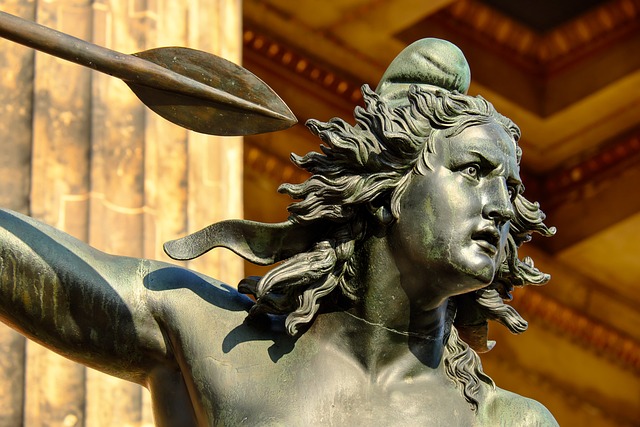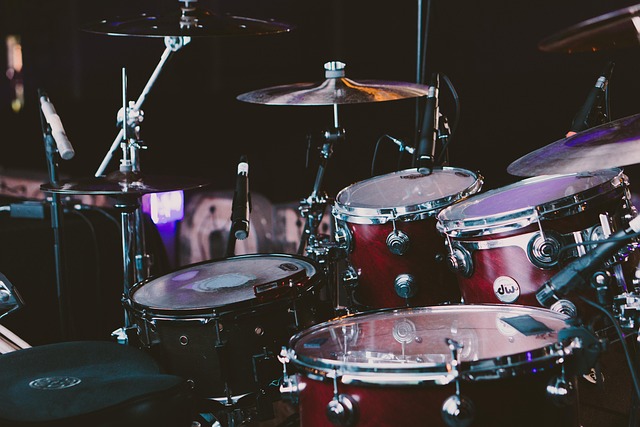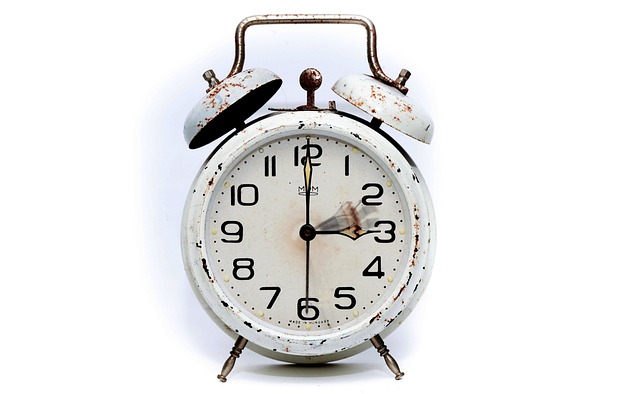Capturing Essence: Exploring the Power of Image in Sculpture
Throughout history, sculpture has served as a profound medium for capturing the human experience. The interplay between form and essence is what makes sculpture a powerful art form. In this blog post, we will delve into the transformative power of image in sculpture, exploring how sculptors harness this dynamic to evoke emotions and convey stories.
The Language of Form
Sculpture distinguishes itself from other art forms by its three-dimensional nature. Unlike paintings which rely heavily on color and light, sculptures owe their impact to form and texture. When we think of the image of a sculpture, it is often the tactile quality of the materials that draws us in—whether it’s the smoothness of marble, the rawness of wood, or the weightiness of bronze. Each medium carries its own essence, allowing the sculptor to imbue their work with unique character and emotional depth.
A Journey into Emotion
The power of image in sculpture lies not only in its aesthetic appeal but also in its ability to resonate with viewers on a deeper level. Each sculpture tells a story; every curvature and angle is a reflection of emotional landscapes. Take, for instance, the work of famous sculptors like Michelangelo or Henry Moore, whose pieces invite us to explore themes of human struggle, love, and resilience. By examining these works, we unravel the complexities of our own feelings—mirrored and expressed through the stone and metal of their creations.
Capturing Moments
Sculpture has the unique ability to freeze moments in time, encapsulating fleeting emotions within a solid form. Consider the expression on a figure’s face, the tension in a pose, or the movement of draped fabric—each image becoming a snapshot of emotion. It’s this encapsulation that allows viewers to pause, reflect, and connect with the essence of what it means to be human. Through the lens of sculpture, we can revisit our own memories and experiences, feeling the weight of nostalgia, joy, or sorrow.
Modern Interpretations
In contemporary sculpture, artists continue to explore the power of image through innovative techniques and materials. From installations that challenge spatial perception to minimalist designs that evoke simplicity and clarity, modern sculptors push the boundaries of what sculpture can represent. The rise of digital technologies also introduces new images into the mix, with artists experimenting with virtual and augmented realities to create environments that exist beyond physical limitations.
The Emotional Connection
Ultimately, the relationship between sculpture and the viewer is a uniquely personal one. The image captured in a sculpture has the potential to stir deep-seated emotions, creating a connection that transcends time and space. When we engage with a piece, we do not merely observe; we feel. We become a part of the narrative that unfolded in the artist’s mind—a silent dialogue of shared experiences and emotions.
As we explore the world of sculpture, let us appreciate the profound ability of the image to encapsulate our essence, inviting us to connect, reflect, and feel deeply. Through these timeless forms, we find a mirror to our own existence—a testament to the enduring power of art in our lives.




